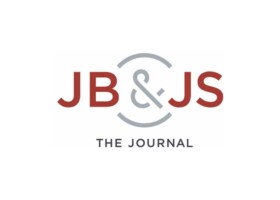
Authors:
James B Ames, Marilee P Horan, Olivier A J Van der Meijden, Melissa J Leake, Peter J Millett
Abstract:
The pathogenesis of rotator cuff disease remains controversial, with several intrinsic (genetic) and extrinsic (anatomical) causes suggested as possible contributing factors. The theory of extrinsic compression leading to rotator cuff disease was first proposed by Neer. Proposed extrinsic factors in the development of rotator cuff disease include the morphology of the anterior acromion, the lateral acromial angle, the coracohumeral interval, the internal impingement of the posterior rotator cuff on the posterosuperior border of the glenoid, and the glenoid version. Intrinsic factors associated with rotator cuff tears, encompassing mechanisms occurring within the rotator cuff itself and first proposed by Codman in 1934, include tissue degeneration, alterations in metabolism, and oxidative stress-related change.
Many prognostic factors affecting outcomes following full-thickness rotator cuff repairs have been reported. Predictors of poor outcomes include age, tear size, tear chronicity, and fatty infiltration and atrophy of the torn rotator cuff muscle.
Recently, an association among the lateral extension of the acromion, the acromial index, and rotator cuff disease has been described. It has been reported that in open rotator cuff repair, a large acromial index is associated with an increased risk of retearing. Combined with the findings of several studies that have shown better subjective and objective results of rotator cuff repair when the tendon has been documented to heal, these results have led to a perception that a large acromial index may be a poor prognostic factor following surgical repair of a torn rotator cuff. We recognize that most rotator cuff tears are now repaired arthroscopically. Therefore, we elected to study this relationship in greater detail in arthroscopic rotator cuff repairs.
The objective of the present study was to evaluate the association between acromial index size and rotator cuff tears and to determine if an increasing acromial index is associated with poor outcomes after arthroscopic full-thickness rotator cuff repairs. Our hypotheses were that a large acromial index would have an association with full-thickness rotator cuff tear repair and it would have a negative association with short to intermediate-term outcomes following arthroscopic rotator cuff repair.
For the complete study: Association Between Acromial Index and Outcomes Following Arthroscopic Repair of Full-Thickness Rotator Cuff Tears
